Navigating the world of medical billing can feel overwhelming. However, understanding the claim submission process in medical billing can make a big difference in how quickly healthcare providers get paid and how smoothly a patient’s insurance claim is handled. In this blog, we’ll break it all down into easy steps, with clear language, helpful tips, and answers to common questions.
Whether you’re a healthcare professional, billing staff member, or just curious, this guide is for you.

What Is the Claim Submission Process in Medical Billing?
The claim submission process in medical billing refers to the set of actions that turn a medical service into a bill that an insurance company will pay. After a patient receives care, their information is captured, coded, and sent as a claim to the insurance provider.
The goal? To get reimbursement for the services provided — without errors, delays, or denials.
This step is part of a much bigger picture known as the medical billing cycle, which includes everything from patient registration to final payment. But the claim submission is the most important part when it comes to actual cash flow.
Why It Matters
Submitting clean claims — which means error-free and fully compliant claims — ensures:
- Faster payments
- Fewer denials or rejections
- Less administrative work
- Better revenue management
If you’re in healthcare, mastering this step can save time and money.
Steps in Claim Submission Process
Let’s simplify the steps in claim submission so you can understand how it works in real-world settings.
1. Patient Visit and Documentation
It all starts when a patient visits a clinic or hospital. The provider documents all the procedures, diagnoses, and services given.
2. Medical Coding
Next, certified coders turn the provider’s notes into standardized codes. This step is key, as it ensures insurers understand exactly what was done.
3. Claim Creation
Using the codes, a biller creates the claim using software. The claim includes patient details, provider information, services provided, and associated costs.
4. Claim Scrubbing
Before submission, the claim goes through an audit to check for errors. Mistakes like incorrect codes, missing info, or format problems can lead to denials.
5. Claim Submission
Once scrubbed, the claim is submitted either manually or electronically, depending on the setup. Electronic submission is quicker and more efficient.

Manual vs Electronic Claim Submission
There are two main ways to send claims: electronic vs manual claim submission. Here’s a quick comparison:
Submission Type | Pros | Cons |
Manual (paper-based) | Familiar for some, low tech | Slower, more prone to error, requires postage |
Electronic | Fast, secure, error-checked | Needs software and internet access |
Most providers now prefer electronic claims, thanks to faster turnarounds and fewer mistakes.
Understanding the CMS-1500 Form
For outpatient services, claims are usually sent using the CMS-1500 form submission format. This standard form captures all relevant data in a structured format accepted by most insurance companies.
It includes:
- Provider and patient details
- Diagnosis and procedure codes
- Service dates and charges
Accurate completion of this form is critical for claims to be accepted.
Common Mistakes in Insurance Claim Submission
Even a small mistake can lead to delays. Here are common errors:
- Misspelled patient names
- Incorrect policy numbers
- Invalid procedure codes
- Mismatched diagnosis and services
To avoid rejections, double-check each claim before submission.
How the Healthcare Claims Process Works
Once a claim is sent, it goes through several steps before payment is made:
1. Claim Received
The insurance company receives and logs the claim.
2. Claim Review
They verify coverage, services, and documentation.
3. Payment or Denial
If approved, the provider is paid. If denied, a denial code and explanation are sent.
4. Follow-Up
The provider can appeal or fix issues for resubmission.
This healthcare claims process can take days to weeks, depending on efficiency.
Why Timely Filing Matters
Every insurance provider has a timely filing deadline — the time limit for submitting a claim after the service date. Missing this deadline almost always results in a denial, even if the claim is accurate.
Best practice: Submit claims within 24 to 72 hours after service.
Role of Clearinghouses in the Medical Billing Cycle
Clearinghouses act like middlemen between providers and insurers. They receive claims, check for formatting errors, and forward clean claims to payers. This extra step improves success rates.
In the medical billing cycle, they help streamline and automate the claim process.
Tips for Hassle-Free Claim Submission
To ensure your claims go through smoothly, here are some practical tips:
- Use billing software with real-time scrubbing
- Keep patient records up to date
- Train staff regularly on coding updates
- Monitor rejected or denied claims and track trends
- Choose electronic submission over manual
Following these steps reduces rework and boosts cash flow.
Best Practices for Beginners
If you’re new to billing, keep it simple. Focus on accuracy and speed. Start with common codes. Learn one insurance provider’s rules at a time. And always review denials — they’re your best learning tool.
Benefits of Efficient Claim Submission
A smooth claim submission process in medical billing has direct business advantages:
- Shorter payment cycles
- Improved patient satisfaction
- Less back-and-forth with insurers
- Greater profitability
Ultimately, it lets providers focus more on care, and less on paperwork.
Future of Claim Submission: Automation & AI
With technology moving fast, AI-powered tools are helping automate medical billing. From code suggestions to predictive denials, these tools reduce the need for manual entry and speed up the entire system.
Over time, they’ll make the insurance claim submission process even more seamless.

Key Takeaways
- The claim submission process in medical billing is vital for provider revenue.
- Mistakes lead to rework, delays, or payment loss.
- Electronic submission and automation are the way forward.
- Forms like CMS-1500 are still essential.
- Clean data, proper coding, and fast follow-up improve success.
Conclusion
Medical billing doesn’t have to be hard. By understanding the claim process, using the right tools, and following best practices, you can simplify your workflow and get paid faster.
The next time someone asks about medical claims, you’ll be ready with real answers — and maybe even a few tips.







